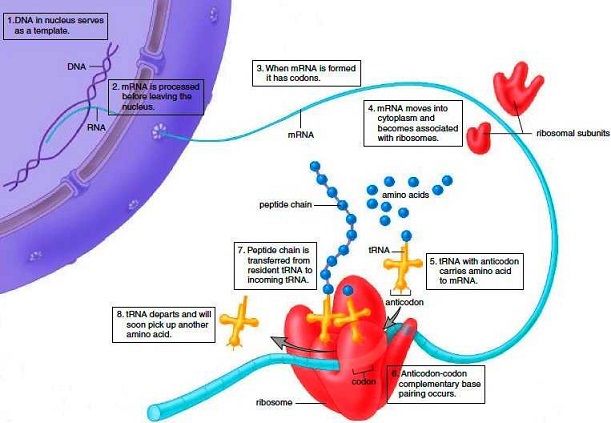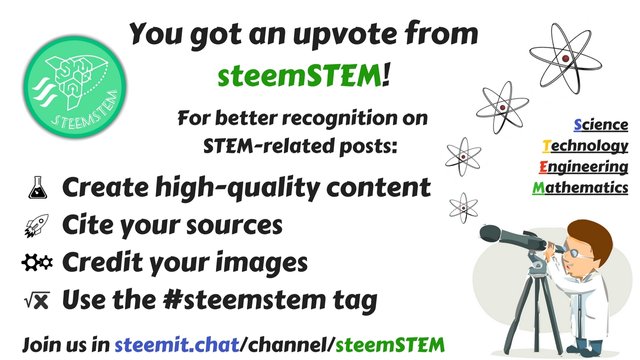The central dogma theory 4: reverse transcription and synthesis of proteins
Welcome to a fresh episode of the central dogma theory series where we have been discussing how genetic information travels within the biological system. Before proceeding with today's discussion, let us have a quick recap have been discussed so far.
In central dogma theory 1, we discussed the position, attributes and the structure of DNA that makes it such an important molecule in transfer of information in the living organisms. The discussion continued in central dogma theory 2 where the mechanism of DNA replication was extensively highlighted before talking about how RNA is synthesized from DNA (transcription process), the nature and types of RNA and the genetic codes in central dogma theory 3.
The reverse transcriptase
Earlier, we said the various processes within the central dogma are not reversible in a genetically normal organisms. However, a special type of DNA polymerase called 'reverse transcriptase' was discovered to be capable of initiating reverse transcription in several prokaryotic and eukaryotic cells. This special type of DNA polymerase was discovered in the main genetic components of many RNA viruses, otherwise known as retroviruses. The reverse transcriptase is characterised by three enzymatic activities including RNA-dependent DNA polymerase enzyme, RNase H and DNA-dependent DNA polymerase.

The RNA dependent DNA polymerase enzyme of the reverse transcriptase catalyses the synthesis of a single DNA strand through the assemblage of complementary bases after which the RNase H component removes the RNA strand from the RNA–DNA hybrid double helix. Thereafter, the DNA-dependent DNA polymerase enzyme synthesizes a complementary strand to complement the already synthesized strand and make it a double stranded molecule.

The reverse transcription process is susceptible to several errors because their is no proof-reading enzyme unlike in DNA replication. These errors can deal to insertions, deletions and recombination of genetic materials in viral genomes which confers survival advantages on most retro-viruses. The whole process is characteristics of known viruses such as human immunodeficiency virus (HIV) and avian myeloblastosis virus (AMV).
The translation process: Protein synthesis
After the messenger RNA has been transcribed, the next step in the process of genetic information transfer is the translation. While the replication and transcription take place in the nucleus and special organelles, the translation of the genetic codes on the mRNA chain takes place in the cytoplasm. The mRNA thus made in the nucleus is transported to the cytoplasm where it gets attached to assembly molecule (in form of ribosome) made of the ribosomal RNA.

The attachment of the mRNA to ribosome triggers the approach and the eventual attachment of the transfer RNA. There are 20 tRNAs each specific for an amino acid and capable of recognizing and transporting it. The anticodon region of the tRNA contains bases that are complementary to the codons on the mRNA chain already attached to the ribosome.
A special type of tRNA known as the initiating tRNA carrying its specific amino acid attaches itself to the first codon on the mRNA chain using its anticodon. The tRNA carrying the next amino acid attaches itself to the next codon of the mRNA and a peptide bond is thereby formed between the earlier amino acid and the subsequent one in a process known as elongation. The next codon move moves into place and the first tRNA is freed. This continues until the polypeptide chain is completed and freed along with the mRNA from the ribosome-assembly molecule.
Simultaneous protein synthesis takes place in multiple ribosomes within the cytoplasm of the cell. Hundreds of proteins can actually be synthesized all at once in a cell. Many enzymes and energy molecules are utilized in the process.
The summary of the whole process of protein synthesis can be watched in the video below.
Summary
The reverse transcriptase is the DNA polymerase involved in the reverse transcription of mRNA back to DNA. This molecule is found in many retroviruses such as the Human Immuno Virus and the Avian Myeloblastosis Virus. The process has no proof reading features and is therefore associated with several errors that can lead to deletion and recombination of genetic materials upon which the success of several retro-viruses depends. The translation process leads to formation of polypeptide chains between amino acids and therefore, protein synthesis.
References
science direct
cliffsnotes
bioninja
protein synthesis
Britannica
medline
study.com
Video source
